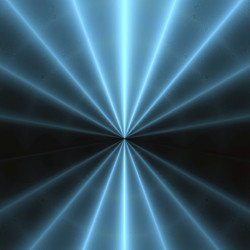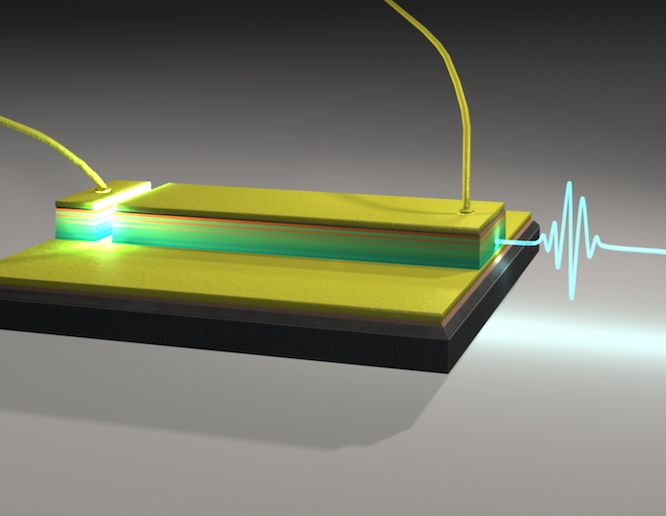Detecting terahertz radiation
The terahertz frequency range, which occupies a middle ground between microwave and infrared light, offers unique applications in various domains, including medical and security imaging. Even with these possibilities, this range remains largely unexplored. Semiconductor-based devices such as the terahertz quantum cascade laser (QCL) represent a breakthrough in source technology, helping to fill the terahertz gap. In the EU-funded project 'Phase-locking of terahertz quantum cascade lasers' (TERAPHASE), scientists combined terahertz QCL with a time-domain spectroscopy (TDS) scheme that uses ultra-fast lasers for generating and detecting terahertz radiation. The resulting system should produce ultra-short, high-power and phase-resolved pulses that are currently only available at large-scale facilities. In addition, the project team gained further insight into ultra-fast processes in QCL lasers and helped create tools for spectroscopy applications. Firstly, scientists sought to demonstrate QCL emission phase-locking to a femtosecond laser by injecting light into its resonator. Considering that coherent detection is an intrinsic property of terahertz TDS, they obtained coherent radiation from the QCL. Based on this, the team recorded both time- and frequency-domain information with a single measurement. In addition, the radiation was concentrated in a narrow frequency range, something not possible with the conventional TDS technique. Phase-locking was then used to demonstrate mode-locking and terahertz pulse generation from a QCL. TERAPHASE employed both coherent and non-coherent detection techniques to measure mode-locked QCL pulses. As well as studying the electric field dynamics of mode-locked lasers, the project investigated the essential parameters governing mode-locking, such as gain lifetimes. Furthermore, simulations with gain recovery times of around 15 picoseconds showed that active mode-locking was the best method for mode-locking in QCLs. TERAPHASE's TDS–QCL system should be particularly useful when a narrowband terahertz pump beam is required in combination with a broadband terahertz probe. Project results have been documented in 6 papers.







